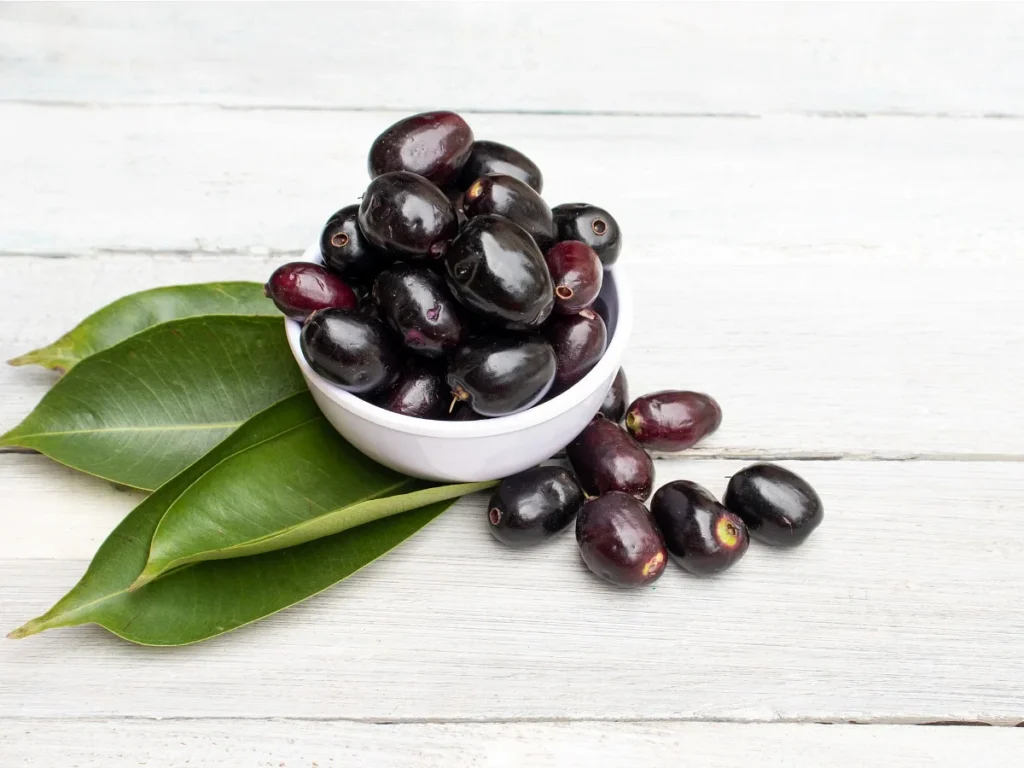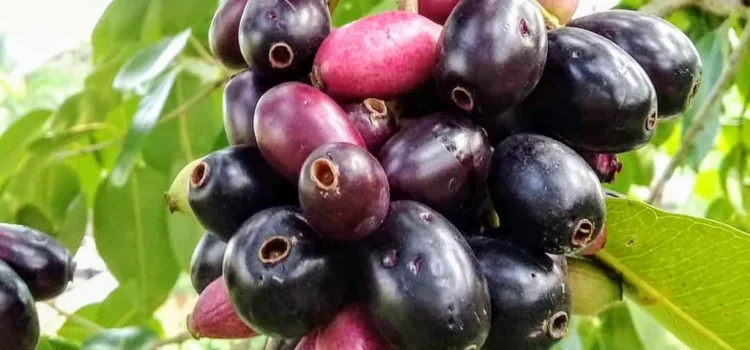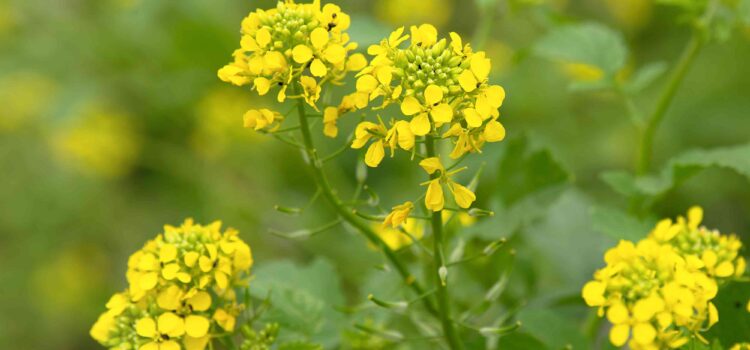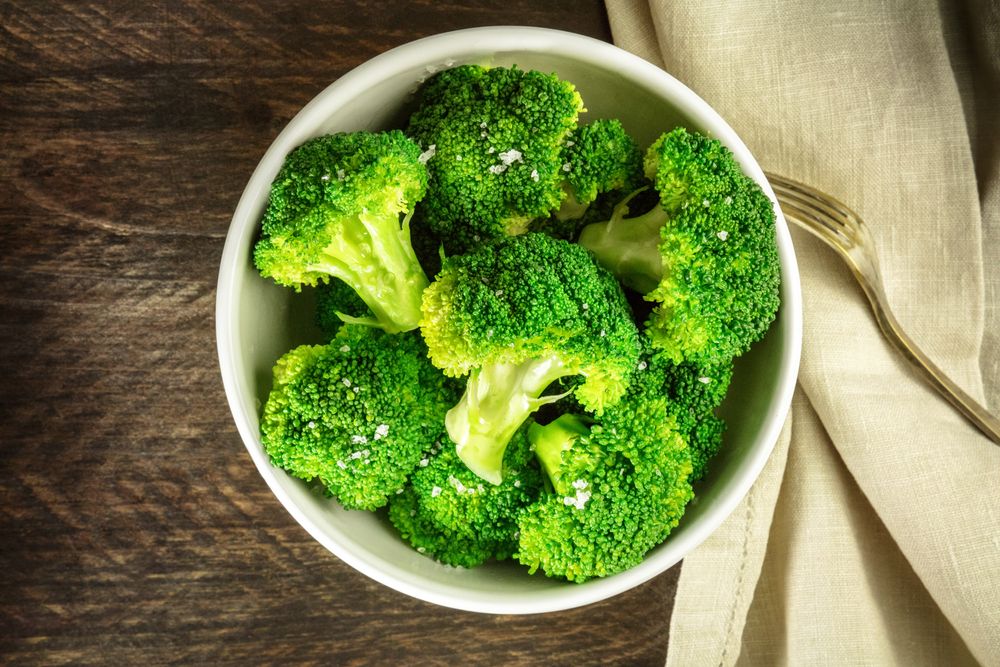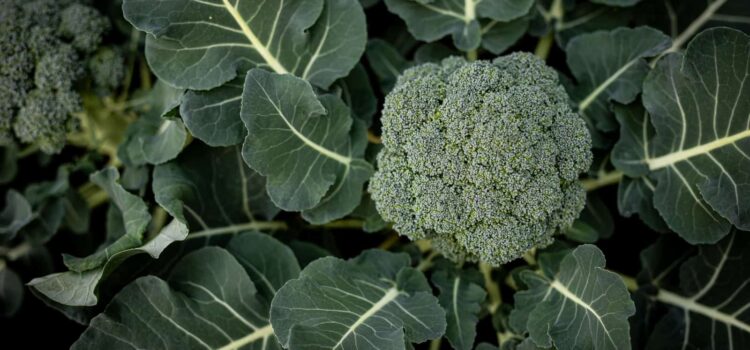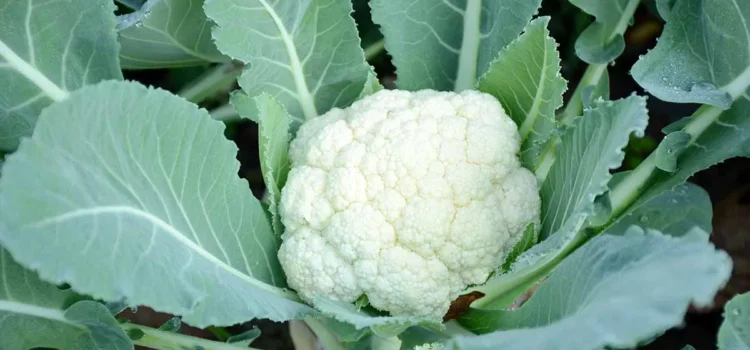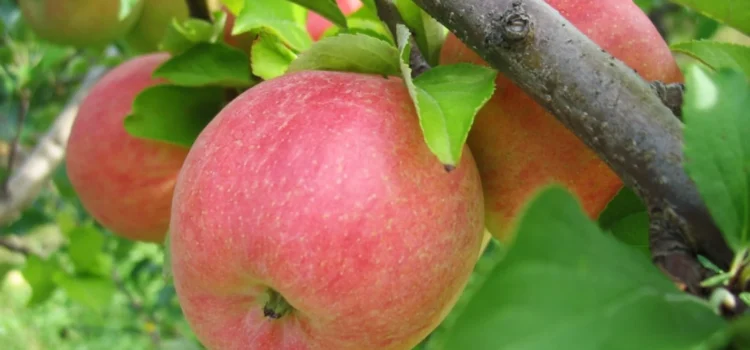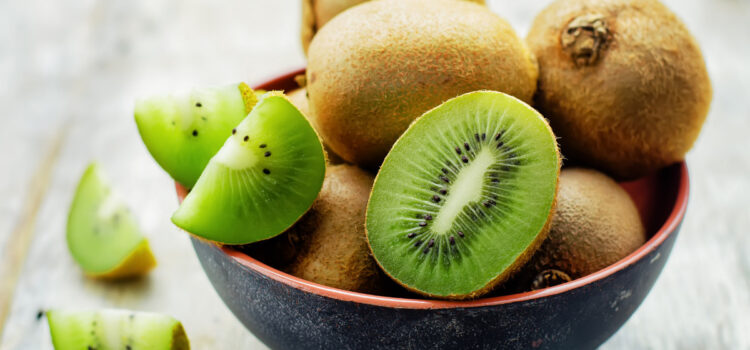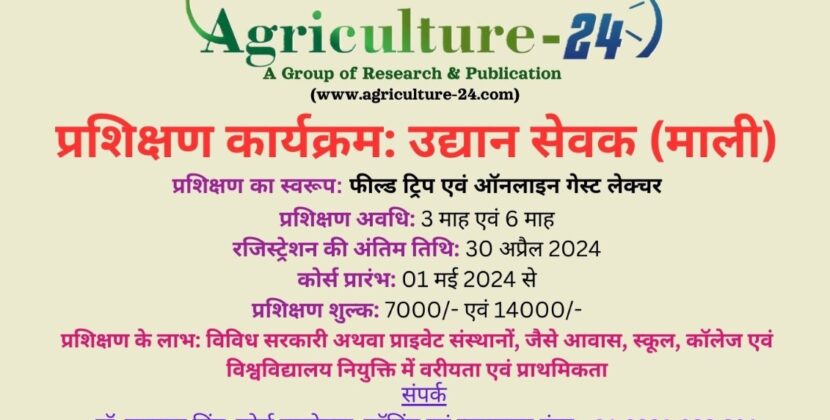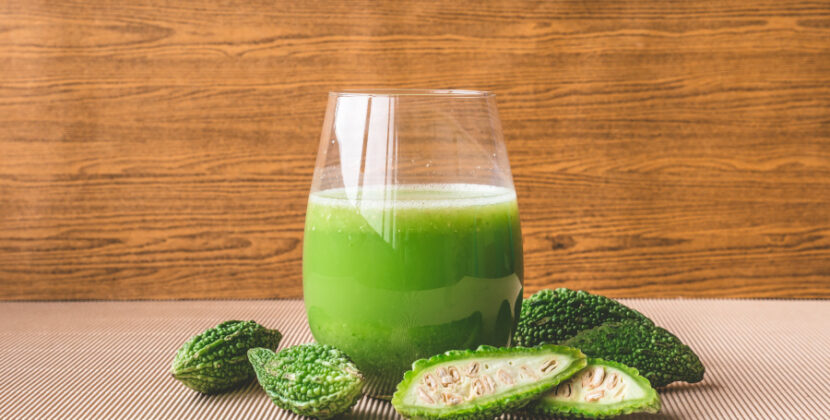Profitable Mustard Crop Cultivation, Varieties Selection, Pest & Disease Control: A Complete Guide
Mustard (Brassica juncea) is an important crop grown for its seeds, which serve as a vital source of mustard oil and various condiments. It belongs to the Brassicaceae family, which includes other well-known crops like broccoli, cabbage, and cauliflower. Mustard is an adaptable cool-season crop, well-suited for cultivation in temperate regions around the world.
The cultivation of mustard begins with selecting the appropriate land and preparing the soil. While it can tolerate a range of soil types, well-drained and fertile soils with a pH between 6.0 and 7.5 are preferred for optimal growth. The crop is generally sown in early spring or late summer, depending on the local climate and growing conditions. There are several varieties of mustard, each with distinct characteristics and intended uses. Brown mustard, Indian mustard, and white mustard are among the most common types.
Brown mustard seeds are known for their pungent flavour and are often used in the production of Dijon mustard. Indian mustard, also known as rapeseed mustard, is primarily cultivated for mustard oil. White mustard, with its milder flavour, is typically used to produce the popular yellow mustard condiment. Mustard seeds themselves vary in colour, with black, brown, and white seeds being the most prevalent. The pungency and flavour of the seeds differ depending on the type. Black mustard seeds are the spiciest, while white mustard seeds have a more subtle taste. All three types of seeds have distinct culinary and medicinal uses.
The uses of mustard are diverse and widely appreciated. Mustard seeds are crushed to obtain mustard oil, a staple in many culinary traditions around the world. The oil has a high smoke point and is valued for its flavour and health benefits. Mustard seeds can also be ground into a fine powder to create mustard paste, a popular condiment used in various dishes.
By mixing mustard seeds with vinegar, water, or other liquids, one can create an array of mustard sauces with varying degrees of spiciness and flavour. From a nutritional perspective, mustard seeds are rich in essential nutrients. They are a good source of omega-3 fatty acids, which are beneficial for heart health, and are packed with antioxidants that help protect the body from free radicals. Additionally, mustard seeds contain essential minerals like selenium, magnesium, and calcium.
In addition to its culinary uses, mustard is beneficial in crop rotation practices. Being a member of the Brassicaceae family, it helps control soil-borne diseases and pests. Furthermore, the crop’s deep roots enhance soil structure, improving overall soil health. As the mustard plants mature, which typically takes around 80 to 85 days after sowing, the pods turn brown and dry. This signals that the seeds are ready for harvest. The plants are then cut and left to dry for a few days before the seeds are threshed to separate them from the pods.
While mustard is a hardy crop, it is not without its challenges. Common pests affecting mustard include aphids and flea beetles, which can damage the plants and reduce yields. Additionally, white rust is a disease that can impact the crop. Proper pest and disease management practices are crucial to protect the mustard crop and ensure a successful harvest.
In conclusion, mustard is a versatile and valuable crop, cherished for its seeds that yield mustard oil and a range of condiments. Its adaptability, nutritional value, and role in crop rotation make it a significant part of agricultural practices worldwide. Whether in the form of pungent brown mustard, flavourful Indian mustard oil, or mild yellow mustard, this crop continues to find its place in the hearts and kitchens of people across the globe.
Mustard Cultivation
Mustard cultivation, also known as mustard farming or mustard production, involves the agricultural process of growing mustard plants to produce mustard seeds, which are used as a spice, condiment, and oilseed. Mustard is a popular crop cultivated in various parts of the world due to its diverse uses and nutritional value.
Here are some key points about mustard cultivation:
1. Selection of Mustard Varieties:
As mentioned earlier, there are different varieties of mustard, such as black mustard, brown mustard, and white mustard. Choose the variety that is best suited to your local climate and soil conditions. There are numerous varieties of mustard, but some of the popular ones include.
-
Yellow Mustard (also known as American Mustard):
This is the most common type of mustard found in the United States. It has a bright yellow colour and a mild, tangy flavour. It is made from white mustard seeds, vinegar, water, salt, and turmeric for colour.
Originating from the city of Dijon in France, Dijon mustard is a smooth and pale yellow mustard. It is made from brown or black mustard seeds, white wine or wine vinegar, water, salt, and sometimes other spices or herbs. Dijon mustard has a stronger and spicier flavour compared to yellow mustard.
Also known as coarse or stone-ground mustard, this type of mustard is made from a combination of whole mustard seeds (usually brown or black) and vinegar. The seeds are not ground into a smooth paste, leaving a grainy texture in the condiment. Whole grain mustard offers a robust flavour and adds a pop of texture to dishes.
This type of mustard is made from brown mustard seeds, water, vinegar, and spices. It has a coarser texture than yellow mustard and a spicier, more pungent flavour.
Commonly used in the United Kingdom, English mustard is a hot and spicy variety made from brown or black mustard seeds, flour, water, and sometimes other ingredients like turmeric or garlic.
A popular sweet and tangy variation, honey mustard combines mustard with honey, vinegar, and sometimes mayonnaise. It is often used as a dip for chicken tenders, pretzels, or as a salad dressing.
In Asian cuisine, various types of mustards are used, depending on the region and dish. Chinese mustard and Japanese mustard are two examples. Chinese mustard is typically a hot and spicy variety made from brown mustard seeds, while Japanese mustard (wasabi) is made from the grated wasabi plant, offering a strong, horseradish-like heat.
2. Land Preparation:
Prepare the land by ploughing and harrowing to create a fine seedbed. This helps in better seed germination and root development. Remove any weeds, stones, or debris from the field during this process. Land preparation is an essential step in mustard cultivation to create an optimal environment for the seeds to germinate, grow, and produce a good yield. Here are the key steps involved in land preparation for mustard cultivation:
Before starting any land preparation, it is essential to conduct a soil test to assess the soil’s nutrient content and pH level. This will help in determining the type and amount of fertilizers needed for the crop.
Clear the land of any debris, rocks, weeds, and other unwanted materials. This can be done manually or with the help of machinery like tractors or plows.
Plow the field to a sufficient depth to break up the soil and loosen it. This improves aeration, drainage, and root penetration. Plowing also helps in incorporating any organic matter or crop residues into the soil.
After ploughing, harrow the field to further break down clumps of soil and level the surface. Harrowing also helps in removing weeds and aerating the soil.
Based on the soil test results, apply any necessary soil amendments like organic manure or inorganic fertilizers to enrich the soil with essential nutrients.
Level the field to ensure uniform water distribution during irrigation and prevent waterlogging in certain areas.
Create a fine seedbed by using implements like a cultivator or hoe. This helps in providing a good seed-to-soil contact, which is crucial for proper germination.
Ensure that the field is adequately irrigated before sowing the mustard seeds. This provides the necessary moisture for seed germination and initial growth.
Mustard can be sown directly in the field or in nurseries. If using the direct seeding method, sow the seeds at the recommended depth (usually 1 to 3 cm) and spacing (varying between 15 to 45 cm depending on the variety and farming system).
If using the nursery method, transplant the seedlings to the main field when they are about 4-6 weeks old. After sowing, continue to monitor the crop’s progress and take appropriate measures to control weeds, pests, and diseases. Regular irrigation and timely application of fertilizers will also support healthy growth. With proper land preparation and care, you can expect a successful mustard cultivation season.

Fig: Seed Sowing
3. Seed Treatment:
Use high-quality seeds from a reliable source. Ensure that the seeds are free from diseases and have good germination rates. Seed treatment with fungicides or bioagents can be done to protect against soil-borne diseases.
4. Mustard Sowing Time
The ideal sowing time for mustard (Brassica juncea) varies depending on the climate and growing conditions in different regions. Mustard is a cool-season crop, and its sowing time is generally determined by the temperature and day length.
In general, mustard is sown during the following periods:
- Autumn/Fall Season: In temperate regions with mild winters, such as parts of North America, Europe, and certain areas in Asia, mustard is typically sown in late summer or early autumn. The sowing time can range from August to October, depending on the specific location and climate.
- Winter Season: In regions with mild winters and limited frost, mustard can also be sown during the winter months, from November to January.
- Spring Season: In areas with cold winters, mustard can be sown in early spring, as soon as the soil can be worked and temperatures start to rise. The sowing time can range from February to April. It’s important to consider the local climate and frost dates when determining the best sowing time for mustard. Mustard thrives in cool temperatures between 15°C to 25°C (59°F to 77°F), and extreme heat during the growing season can negatively impact the crop’s development.
5. Water Management:
Mustard requires consistent moisture during its early growth stages. Adequate irrigation should be provided, especially during dry spells. However, care should be taken not to overwater the crop, as it can lead to waterlogging and disease problems.
6. Fertilizer and manure dose Application in mustard crops
The fertilizer and manure application in mustard crops should be based on soil test results and the specific nutrient requirements of the crop. Here are guidelines for fertilizer and manure dosages for mustard cultivation:
Before applying any fertilizers or manure, conduct a soil test to determine the nutrient levels and pH of the soil. Soil testing helps in identifying any nutrient deficiencies and guides you in making informed decisions about fertilization.
Mustard crops have a high demand for nitrogen, especially during their vegetative growth stage. The nitrogen application rate depends on soil fertility and the variety of mustard being cultivated. As a general guideline, you can apply about 60 to 80 kg of nitrogen per hectare (50 to 70 lbs per acre) for mustard crops.
-
Phosphorus (P) and Potassium (K) Fertilizers:
Mustard requires phosphorus and potassium for proper root development, flowering, and seed formation. The application rate for phosphorus is typically around 25 to 30 kg per hectare (20 to 25 lbs per acre), and for potassium, it is about 20 to 25 kg per hectare (15 to 20 lbs per acre).
Incorporating well-rotted organic manure, such as farmyard manure or compost, into the soil before sowing can improve soil structure, water retention, and nutrient availability. The application rate of organic manure can vary depending on the soil’s organic matter content, but a common range is about 5 to 10 tons per hectare (2 to 4 tons per acre).
Mustard crops may benefit from the application of micronutrients like boron, zinc, and manganese, especially in soils that are deficient in these elements. The dosage of micronutrients should be based on soil test recommendations and specific crop needs.
It is often beneficial to split the fertilizer application into multiple doses during the crop’s growth stages. For instance, apply a portion of nitrogen at sowing or before sowing, and the remaining amount can be applied in one or two additional splits during the crop’s growth.
7. Weed Control:
Weeding is essential to prevent competition for nutrients and space. Mustard plants are sensitive to weed pressure, especially during the early stages of growth. Manual weeding or the use of herbicides can be employed for effective weed control. There are several weed control chemicals (herbicides) that can be used in mustard crops to manage weed infestations.
The choice of herbicide and its dosage depends on the specific weed species present, the growth stage of the crop, and the local regulations and recommendations. It’s essential to follow the manufacturer’s instructions and consult with agricultural experts or extension services in your area for appropriate herbicide use. Here are some commonly used herbicides for weed control in mustard crops:
It is a pre-emergent herbicide used to control a broad spectrum of grass and broadleaf weeds. The recommended dosage of pendimethalin for mustard crops is typically around 1 to 1.5 kg per hectare (0.8 to 1.2 lbs per acre).
This herbicide is effective against grassy weeds and can be used post-emergence in mustard crops. The dosage varies depending on the weed density, but it is generally around 50 to 100 ml per hectare (20 to 40 ml per acre).
-
2,4-D (2,4-Dichlorophenoxyacetic acid):
It is a selective herbicide used to control broadleaf weeds in mustard fields. The dosage of 2,4-D can vary depending on the weed species and the stage of crop growth, but it is usually applied at around 500 to 1000 ml per hectare (200 to 400 ml per acre).
While glyphosate is a non-selective herbicide and can potentially harm mustard crops, it can be used as a pre-plant or pre-emergent treatment to control weeds before sowing mustard. The dosage depends on the weed density and growth stage but is generally around 500 to 1000 ml per hectare (200 to 400 ml per acre).
It is a pre-emergent herbicide used for controlling grass and broadleaf weeds in mustard. The recommended dosage of fluchloralin is typically around 1 to 1.5 kg per hectare (0.8 to 1.2 lbs per acre).
8. Pest and Disease Control:
Pests and diseases can significantly affect mustard crops, leading to reduced yields and crop quality. Here are some common pests and diseases that can infest mustard crops, along with some control measures, including chemical names for pesticides:
Aphids are small, soft-bodied insects that suck sap from mustard plants, causing stunted growth and transmitting viral diseases.
Control:
Insecticides containing neonicotinoids (e.g., imidacloprid) or pyrethroids (e.g., deltamethrin) can be used to control aphids. Application should be based on the severity of the infestation and should follow label instructions.
The diamondback moth is a common pest in mustard crops, and its larvae feed on leaves, causing characteristic “shot-hole” damage.
Control:
Insecticides like indoxacarb, spinosad, or Bacillus thuringiensis (Bt) can be used to control diamondback moth larvae. Integrated Pest Management (IPM) practices, including biological control agents like Trichogramma wasps, can also be effective.
White rust is a fungal disease that affects mustard plants, causing white pustules on the leaves and reducing photosynthesis.
Control:
Fungicides containing active ingredients like mancozeb or propiconazole can be used to control white rust. Ensure proper coverage of the foliage during application for effective control.
-
Alternaria Blight (Disease):
Alternaria blight is a fungal disease that causes dark brown lesions on leaves, stems, and pods, leading to defoliation and reduced yield.

Fig: Mustard Leaf Affected by Alternaria blight
Control:
Fungicides containing active ingredients like azoxystrobin, difenoconazole, or chlorothalonil can help manage Alternaria blight. Timely application during the initial stages of disease development is crucial.
-
Sclerotinia Rot (Disease):
Sclerotinia rot is a fungal disease that attacks mustard crops during flowering and pod development, causing white fluffy growth and rotting of plant tissues.
Control:
Fungicides containing active ingredients like carbendazim or thiophanate-methyl can be used to manage Sclerotinia rot. Proper sanitation and avoiding excessive plant density can also help reduce disease incidence. It is important to note that chemical control should be used judiciously and as part of an integrated pest and disease management approach.
Integrated Pest Management (IPM) involves a combination of cultural practices, biological control, and chemical control to minimize the impact of pests and diseases while ensuring environmental sustainability and reducing pesticide resistance. Always follow label instructions and local regulations when using pesticides, and consider seeking advice from local agricultural experts or extension services for tailored recommendations based on your specific crop and region.
9. Harvesting:
The harvesting period of mustard crops varies depending on factors such as the variety of mustard, sowing time, and local climatic conditions. Mustard is a relatively fast-growing crop, and the time from sowing to harvest typically ranges from 80 to 120 days. Here are some general guidelines for the harvesting period of mustard crops:
-
Early-Maturing Varieties:
Some mustard varieties are early-maturing, and they can be harvested in around 80 to 90 days after sowing. These varieties are suitable for regions with a short growing season or for early planting.
Most common mustard varieties fall into this category, and they are typically harvested between 90 to 110 days after sowing. These varieties are widely grown and adapt well to various climatic conditions.
Late-maturing mustard varieties take longer to mature, and they are harvested around 110 to 120 days after sowing. These varieties may be preferred in regions with a longer growing season or for specific agricultural purposes. The best time to harvest mustard crops is when the pods are fully mature and turn brown or yellowish-brown. Waiting until the pods are mature ensures that the seeds are fully developed and can achieve their maximum size and oil content. Harvesting too early may result in underdeveloped seeds, reducing the overall yield and oil quality.
10. Post-Harvest Processing:
Once harvested, the mustard plants are dried to reduce the moisture content of the seeds. Threshing is done to separate the seeds from the pods. After threshing, the seeds can be cleaned to remove any remaining debris or impurities.
11. Storage:
Store the cleaned mustard seeds in a cool, dry place to maintain their quality. Proper storage conditions will prevent mold growth and maintain seed viability.
12. Sales And Export of Mustard Seed
The sales and export of mustard seeds vary depending on several factors, including global demand, production levels, and trade policies in different countries. Mustard seeds are a valuable commodity due to their various applications, including culinary uses, oil extraction, and as a component of spices and condiments. Let’s explore the sales and export aspects of mustard seeds:
In countries where mustard is grown, there is a domestic market for mustard seeds. Mustard seeds are commonly used as a spice in various cuisines and food products. The seeds are also crushed to extract mustard oil, which is widely used for cooking and other applications. Domestic sales of mustard seeds depend on the local demand for spices, oils, and other mustard-based products.
Mustard seeds are traded globally, and several countries produce and export them. The largest exporters of mustard seeds include Canada, India, and Ukraine, with other countries also contributing to the international market. The demand for mustard seeds in the international market is influenced by factors like the popularity of Indian cuisine, the demand for mustard oil, and the use of mustard seeds in the food industry.
In addition to exporting mustard seeds, many countries also export mustard oil. Mustard oil is used for cooking and has significant demand in certain regions due to its distinctive flavor and health benefits. India is a significant exporter of mustard oil.
-
Price and Demand Fluctuations:
Like any agricultural commodity, the price and demand for mustard seeds can fluctuate based on factors such as weather conditions, crop yields, global market dynamics, and government policies. Changes in supply and demand can impact the prices and trade volumes of mustard seeds.
To facilitate international trade, mustard seeds must meet quality standards and regulations set by importing countries. Compliance with these standards ensures the safety and quality of the exported seeds.
The trade of mustard seeds can also be influenced by bilateral or multilateral trade agreements between countries. These agreements may affect tariffs, quotas, and other trade-related regulations.
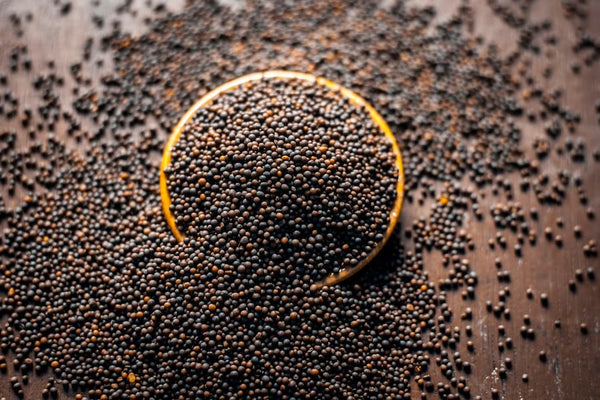
Fig: Harvested Seed of Mustard
Conclusion:
In conclusion, mustard crop cultivation is an essential agricultural practice with numerous benefits. Mustard, a cool-season crop, is grown for its seeds, which have multiple applications in culinary, oil extraction, and spice industries. The cultivation of mustard offers several advantages to farmers and the environment alike. One of the primary benefits of mustard cultivation is its versatility.
Mustard is well-suited to various agro-climatic regions and can thrive in diverse soil types. Its relatively short growing period allows farmers to incorporate it into crop rotations effectively, helping break disease and pest cycles while improving soil fertility. Moreover, mustard crops play a crucial role in sustainable agriculture. As a member of the Brassicaceae family, mustard exhibits natural pest and disease resistance. By serving as a natural biofumigant, mustard suppresses soil-borne pathogens and reduces the reliance on synthetic pesticides, promoting eco-friendly farming practices.
Mustard seeds serve as a valuable source of income for farmers. The demand for mustard oil and spice in culinary applications drives the market for mustard seeds, providing farmers with a lucrative cash crop option. Additionally, the byproducts of mustard oil extraction, such as mustard cake, can be used as a nutritious livestock feed supplement. Beyond its economic significance, mustard crops contribute to biodiversity conservation. They support beneficial insects and pollinators, enhancing ecosystem health and promoting sustainable ecological balances in farmlands.
In conclusion, mustard crop cultivation offers farmers a versatile, sustainable, and economically viable agricultural option. Its adaptability, disease resistance, and multiple applications make it an attractive choice for crop rotations, while its contributions to biodiversity and sustainable farming practices ensure its relevance in modern agricultural landscapes. With proper management and integrated pest and disease control strategies, mustard cultivation continues to be a valuable component of sustainable agriculture around the world.
